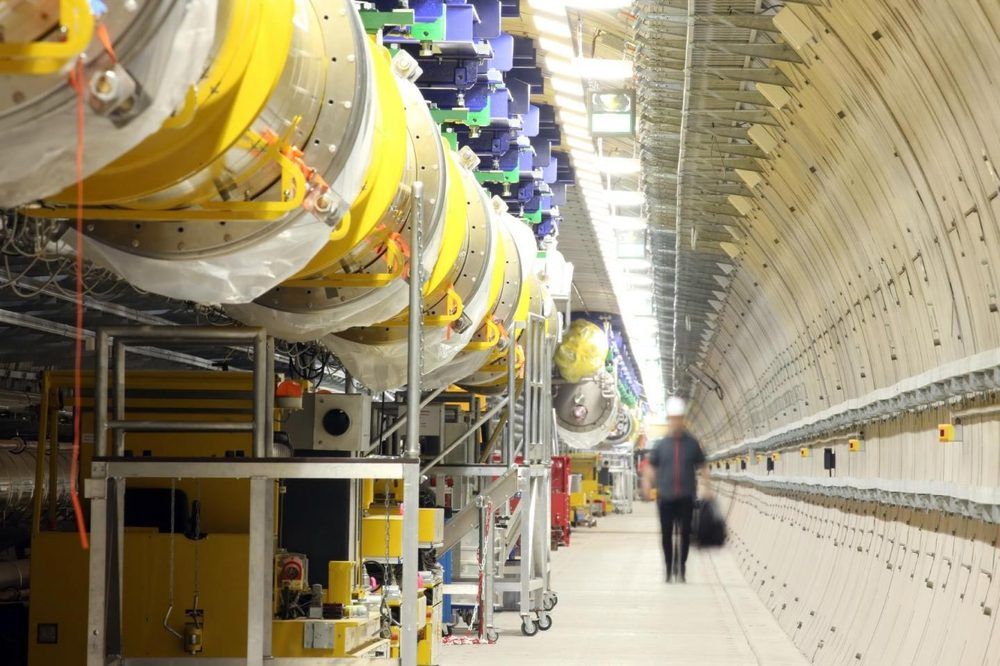Nuclear physics usually involves high energies, as illustrated by experiments to master controlled nuclear fusion. One of the problems is how to overcome the strong electrical repulsion between atomic nuclei which requires high energies to make them fuse. But fusion could be initiated at lower energies with electromagnetic fields that are generated, for example, by state-of-the-art free electron lasers emitting X-ray light. Researchers at the Helmholtz-Zentrum Dresden-Rossendorf (HZDR) describe how this could be done in the journal Physical Review C.
During nuclear fusion two atomic nuclei fuse into one new nucleus. In the lab this can be done by particle accelerators, when researchers use fusion reactions to create fast free neutrons for other experiments. On a much larger scale, the idea is to implement controlled fusion of light nuclei to generate power – with the sun acting as the model: its energy is the product of a series of fusion reactions that take place in its interior.
For many years, scientists have been working on strategies for generating power from fusion energy. “On the one hand we are looking at a practically limitless source of power. On the other hand, there are all the many technological hurdles that we want to help surmount through our work,” says Professor Ralf Schützhold, Director of the Department of Theoretical Physics at HZDR, describing the motivation for his research.









